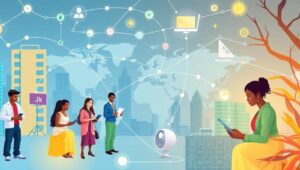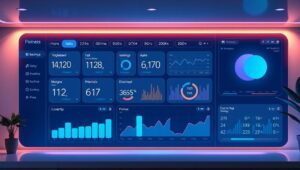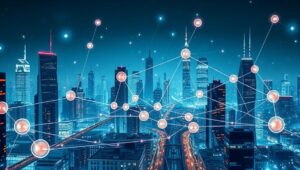June 2, 2025
Addressing the Digital Divide in IoT Access and Benefits (2026)
Addressing the Digital Divide in IoT Access and Benefits (2026) The Internet of Things (IoT) has permeated numerous aspects of modern life, promising increased efficiency, convenience, and innovation. However, the benefits of IoT are not universally accessible. The digital divide, characterized by unequal access to technology and the internet, poses a significant barrier to the widespread adoption and equitable distribution of IoT benefits. This article examines the challenges, explores potential solutions, and envisions the landscape of IoT access in 2026. Understanding the Digital Divide in IoT The digital divide manifests in several dimensions: Infrastructure: Lack of reliable internet connectivity in










